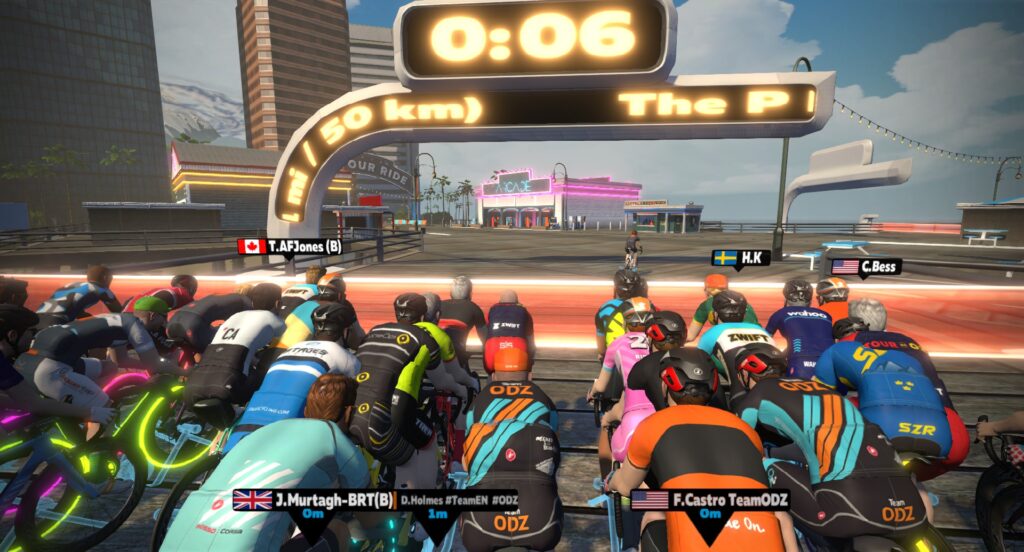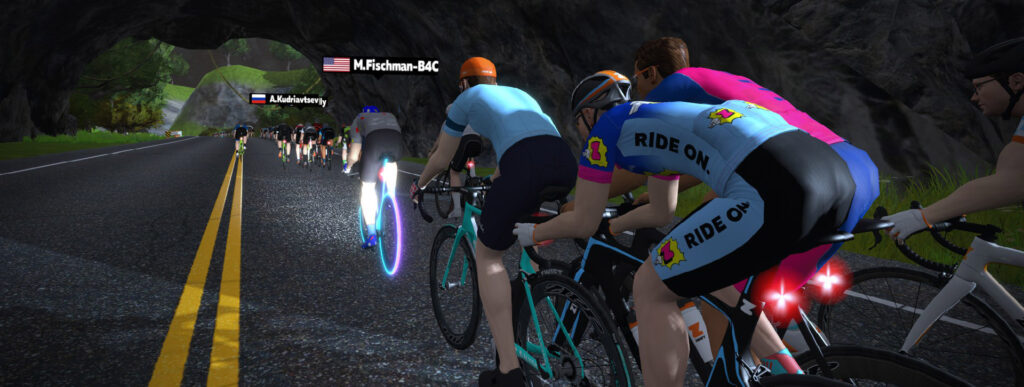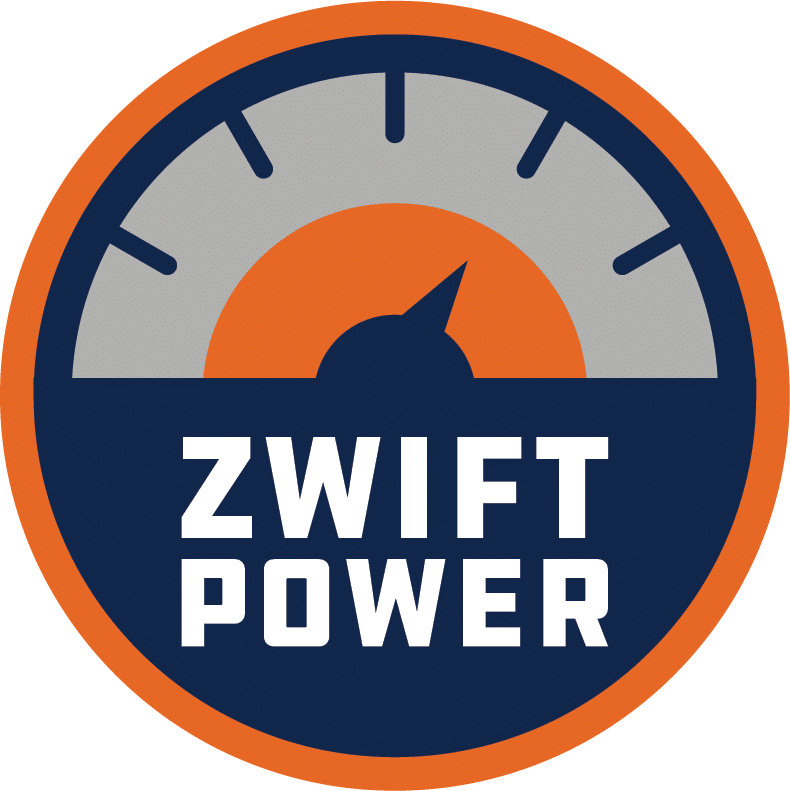Problems with the Current Category System
The Zwift racing category system groups racers based on their FTP – or more specifically, 95% of their 20-minute power, converted to watts per kilo (w/kg). The idea is that by joining the appropriate category based on this metric, you are racing riders of a similar ability. This leads to a number of issues which are the source of many community debates and complaints:
- Even if the category system is strictly enforced, arbitrarily grouping riders based on any sort of power profile is open to sandbagging. This is when riders deliberately perform below their actual ability, so that they can compete at the front end of races. For example, as an A rider by FTP, I can manage my power in a race to stay below the 4 w/kg limit of the B cat, but know that I will be strong at the finish and maybe win.
- The human desire to have the chance to win, or podium, or at least compete at the front of the race, means that you are most rewarded when you are at the top of a category. This means that once you reach the top of a category the incentive is to stay there, not move up.
- Riders with certain physiological attributes are able to outperform other riders in their category without being upgraded. Typically this applies to the extremities of weight. Heavy riders may be able to average 350w-400w in a B cat race but be within limits. Unless the race has a significant climb, this is a difficult pace for the majority of riders to stick with. On the flip side, super light riders that average less than the category’s pure watt limit (250w for B) may average 5 w/kg. As long as they can stick in the draft they will perform well on a hilly course, and if there are big climbs they will dominate.
For Zwift racing to work, for it to really become an attractive and rewarding proposition for all, riders need to feel motivated to do the best they can in any race. For progression to be attractive, not avoided. All while meeting the human desire to have the chance to win, or podium, or at least be involved in the shakeup.
ZwiftPower Ranking System
Most popular online multiplayer games uses a matchmaking system – the idea being that you compete against those that are a similar standard as yourself according to your ranking. As you perform well relevant to your peers, you progress up the rankings to face tougher opponents.
ZwiftPower has a rankings system that works on this basis. If you would like the full details of this system and the mathematical model behind it, it is available here (click FAQs). I will try to summarize it here:
- Your top 5 races in the last 90 days determine you rank, between 0-600. Lower is better
- Your ranking is improved by beating riders that have a stronger ranking than you
- 3 key calculations take place:
- Race Quality: how strong is the field (current rankings of participants)?
- Points Per Place: based on the size of the field and race quality
- Rank Points: determines your individual rank score based on the above two calculations
Now that Zwift own and manage ZwiftPower, it makes sense that this ranking system is used as a starting point. Everyone on ZwiftPower already has a ranking, even if you did not realize!

Zwift Matchmaking: A Simple Example
So how could a Zwift matchmaking system work, using the rankings described above?
When a race is created by an organizer, they can specify a field size. Let’s say they choose 50 as the field size. Field size can be chosen based on course profile, race popularity, or a desire to mix up the racing dynamic.
When you join a rankings race, there is only one sign up link. You simply join the race.
240 people join the race. At a specified deadline, the pen calculation takes place and you are placed in one of 5 starting pens (240/50). The pens are split based on rankings – so the top pen has the top 5th of riders based on rankings, the 2nd pen has the 2nd 5th of riders, etc.

The End of Sandbagging
In a matchmaking system, your performance relative to the riders around you updates your rankings, with the goal to move up the rankings. As performance is based on final placing, there is no incentive whatsoever to do badly. Sandbaggers would have to perform consistently poorly to race a lower level than they should, but as soon as they win races they will be upgraded! The end of sandbagging as we know it.
Some days, you may be in a field where you are the strongest rider and have a good chance at winning the race. Other days you may be the lowest rank and get dropped early on. However, doing your best in either of these scenarios is rewarding in terms of ranking points.
Onboarding Newcomers
Managing newcomers is one aspect that needs some attention, otherwise weaker riders (current cat D) might continually face newcomers who have not yet worked their way up the rankings. The way other games manage this is to have new racers complete 3-5 races “open” races before entering the formal cat system.

A Proven System
Rankings-based matchmaking in this style is the crux of why games like Call of Duty or FIFA are so successful. Improvement becomes additive. Sprinting from the 3rd group can pay off if the field is a really strong one. It may sound quite complex, but it is really not. ZwiftPower already does half of it, it just needs a matchmaking system baked into the game.
Will we see this in the future? Is this one of the ‘Systems’ that Eric Min has previously alluded to? I certainly hope so and look forward to reading your comments.
Your Thoughts
I’ve posted a Matchmaking topic on Zwift’s Feature Requests forum – please share your thoughts there and upvote the idea if you support it. Also, feel free to share comments below!


